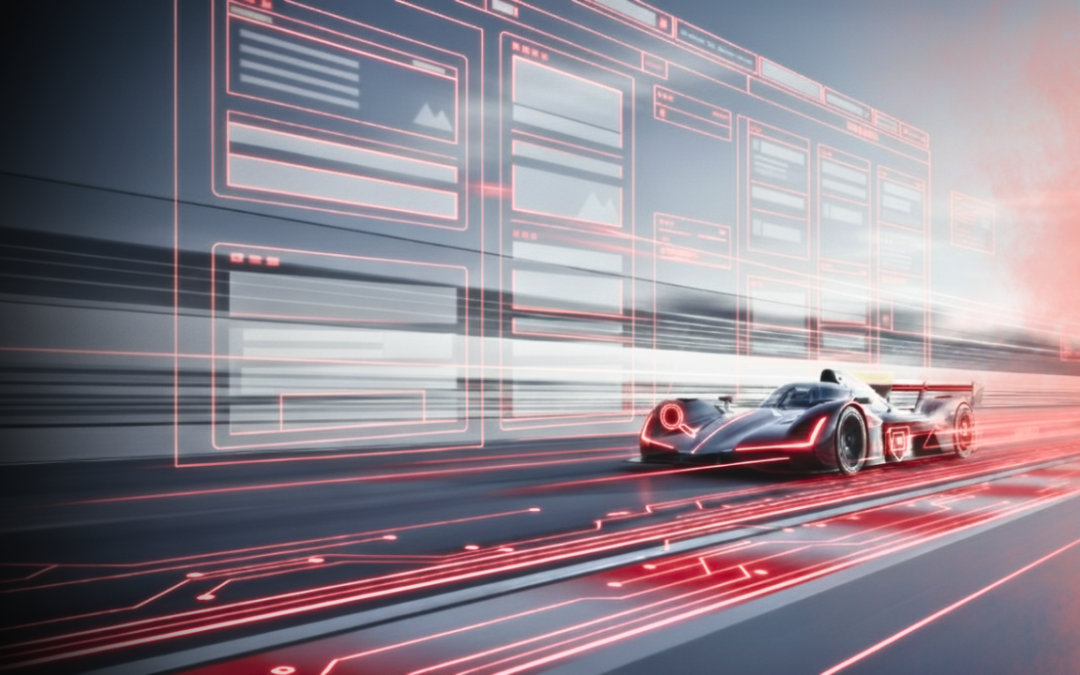In our digital-first marketplace, your website is more than an online storefront—it’s your brand’s first impression, sales rep, and customer service desk all rolled into one. But here’s the challenge: users demand both visual appeal and speed. If your site looks stunning but takes 10 seconds to load, potential customers will leave before they ever see your work. On the other hand, a lightning-fast but outdated-looking website may fail to capture trust or engagement.
The good news? You don’t have to choose between performance and design. Here’s how to balance beauty and speed for a website that delivers results.
Why Speed Matters
Google research shows that 53% of users leave a page if it takes longer than 3 seconds to load. Beyond user patience, page speed also impacts:
- SEO rankings – Google prioritizes faster sites in search results.
- Conversions – Even a one-second delay in load time can reduce conversions by up to 7%.
- User trust – A laggy site creates frustration and signals poor credibility.
Common Culprits That Slow Sites Down
Many speed problems stem from design choices or overlooked technical elements:
- Oversized images that aren’t compressed.
- Too many animations or videos bogging down loading time.
- Heavy code from unused plugins, bloated themes, or inline CSS/JS.
- No caching or CDN (Content Delivery Network) to deliver assets efficiently.
Performance Tips Without Sacrificing Design
- Optimize Your Images
Use modern formats like WebP, compress files, and scale images to the exact size they’ll appear on the site. This ensures crisp visuals without drag. - Leverage Lazy Loading
Instead of loading every image or video at once, lazy loading ensures that media loads as users scroll. This speeds up perceived performance without removing visuals. - Streamline Your Code
Audit plugins regularly—remove what you don’t use. Minify CSS and JavaScript files. Consider a lean theme or custom build rather than bloated templates. - Use a CDN
A CDN distributes your site’s content across servers worldwide, so visitors load from the server closest to them. The result? Faster experiences globally. - Prioritize Above-the-Fold Content
Load critical content first so users see something quickly, even while other elements continue loading in the background. - Audit Fonts & Animations
Too many custom fonts or heavy animations can look nice but weigh down performance. Choose lightweight font families and subtle animations that support UX rather than overwhelm it.
The Payoff: Great Design + Speed
When you strike the right balance, you get the best of both worlds:
- Users engage longer with a fast, easy-to-navigate experience.
- Search engines reward your efforts with better visibility.
- Prospects view your site as trustworthy and professional—boosting conversion rates.
In short, performance and design aren’t enemies—they’re partners. By implementing the right technical optimizations, you can deliver a sleek, modern website that loads at lightning speed and keeps your brand competitive.

